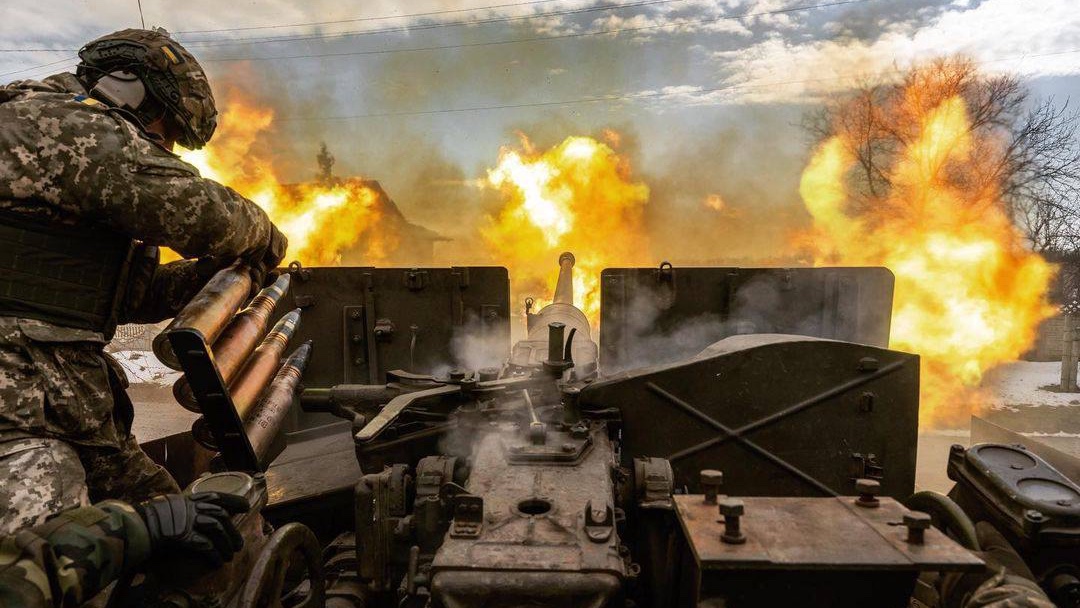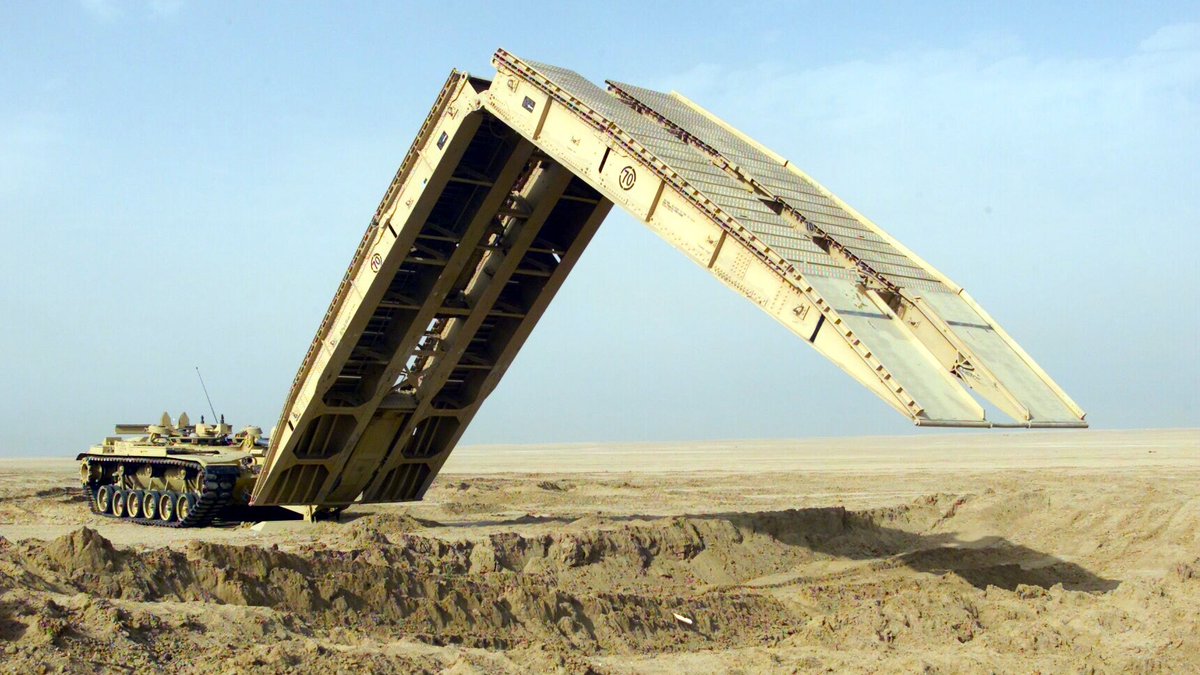Recently, there has been discussion about the strategic and political importance of the Ukrainian offensives that are likely to be launched in the coming weeks or months. The focus of these articles has often been about the consequences of failure. 1/25 🧵 

2/ As a 24 April New York Times article argues, “without a decisive victory, Western support for #Ukraine could weaken, and #Kyiv could come under increasing pressure to enter serious negotiations to end or freeze the conflict.” nytimes.com/2023/04/24/us/…
3/ But what does victory look like? One of the weaknesses in the speculation about future Ukrainian offensives is that there is no definition of victory. There are no clear descriptions of how success or failure might be measured or perceived in Ukraine, Russia or in the West.
4/ As @shashj recently wrote: “I see everyone is already arguing over whether we are too pessimistic or optimistic about the Ukrainian counter-offensive, without anyone spelling out what precisely would constitute success or failure.”
5/ In military operations, measuring success is most often associated with the achievement of missions. Missions are critical elements of military operations for several reasons. First, they provide aiming marks from senior leaders to inform planning.
6/ Second, they describe both tasks and purpose, which provide direction to commanders as well as allowing for the exercise of mission command. Missions also underpin nesting of objectives at different levels to achieve unity of purpose and inform prioritisation.
7/ But assessing mission achievement in the coming offensives may not be sufficient to judge the overall success of the Ukrainian offensives. This is because the achievement of tactical & operational mission objectives will also have important strategic and political impacts.
8/ Therefore, separate and more strategic measures of success – and failure – are necessary.
9/ The definitions of success will be heavily influenced by scale and timeframes at which military operations are conducted. This implies that measures of success might need to be designed around the different levels of operations & different timeframes.
10/ There is a close relationship between measures of success & military effectiveness. In the 1980s Allan Millett & Wick Murray conducted a detailed study of military effectiveness. The outcome of their study was a three-volume series of books exploring military effectiveness.
11/ The three books examined World War One, the interwar period, and World War Two. Each applied an analytical framework of political, strategic, operational and tactical effectiveness to explore effectiveness for multiple countries. 

12/ This is relevant because levels of military effectiveness, like measures of success, are linked. A nation will not achieve political objectives if it can’t win battles or can’t generate the most relevant warfighting concepts, trained military personnel or logistic support.
13/ The level of training & support (strategic) to #Ukraine before the offensives will impact on battlefield (tactical) success. This in turn will have an impact on the achievement of Ukraine’s political goals for the war, and the political support it receives from other nations. 

14/ Therefore, measures of success for the coming offensives will be an important way in which #Ukraine, and others, can judge the impact of those offensives. They will also provide a mechanism to inform Ukrainian strategic influence activities during and after the offensives.
15/ The importance of measuring failure is less apparent. In describing a set of nested missions and desired strategic outcomes, identifying and describing the important mistakes that could obstruct the pathway to these objectives is often an afterthought.
16/ A wide array of failure mechanisms for military organisations and military operations are explored in the literature that covers this topic. Cohen and Gooch (Military Misfortunes), Norman Dixon (On the Psychology of Military Incompetence)…
17/ …Shimon Naveh (In Pursuit of Military Excellence), John Hughes-Wilson (Military Intelligence Blunders), Meir Finkel (On Flexibility), Knox and Murray (The Dynamics of Military Revolution 1300–2050), & Alastair Horne (To Lose a Battle) have all explored military failure.
18/ Cohen and Gooch’s Military Misfortunes provides the most immediately applicable method for identifying, preventing or adapting out of failure. They explore military failures, producing failure matrices which identify the critical pathways to disaster.
19/ Three types of errors can result from simple or complex failures: failure to learn, failure to anticipate, and failure to adapt. I will return to these when describing the specific measures of failure for the forthcoming Ukrainian offensives (next thread).
20/ When planning and executing complex military operations, and aligning them with strategic and political gaols, aspirations should focus not only on success. Some attention is needed for the
large and (mostly) small failures within the execution of these activities.
large and (mostly) small failures within the execution of these activities.
21/ Therefore, in considering the forthcoming Ukrainian offensives, there must be an articulation of what failure looks like. If these can’t be mitigated in advance, there must be methods for their detection, and the adaptation required to fix them.
22/ There is a need to move beyond simplistic doomsday reporting about ‘what happens if the Ukrainian offensives fail’. I must add here, I am an optimist about Ukraine’s chances. It has consistently surprised experts throughout the war. 

23/ Now that we have explored the rationale for measures of success and failure, a second thread in the next couple of days will propose detailed measures of success and failure for the offensives to be conducted by the armed forces of Ukraine. End. 

24/ P.S. I apologise if this was a little dry. But it is important to have some underpinning theory in the construction of measures of success and failure, and I wanted to explain it up front! You can read more here:
mickryan.substack.com/p/the-ukrainia…
mickryan.substack.com/p/the-ukrainia…
25/ Thank you to the following, whose images were used in this thread: @DefenceU @shashj @nytimes @M_EnesYldrm @ZelenskyyUa
• • •
Missing some Tweet in this thread? You can try to
force a refresh

 Read on Twitter
Read on Twitter









